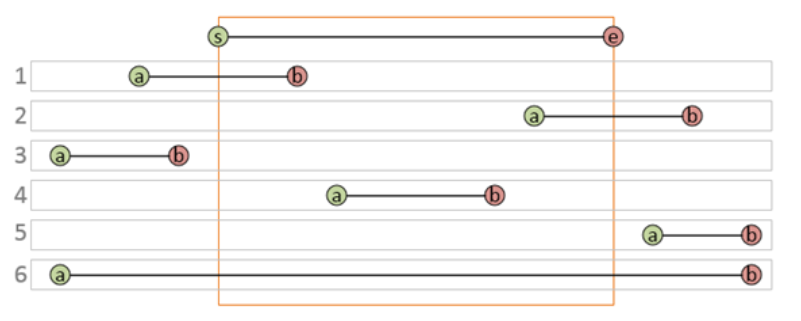Say we want create a generated list of values – sequential dates, for example – as a set of rows. We can do this using recursive common table expressions.
Here’s an example of a common table expression to generate a set of dates:
with dates as
(
select date '2012-01-01' as DATE_VALUE from dual
union all
select date '2012-01-02' as DATE_VALUE from dual
union all
select date '2012-01-03' as DATE_VALUE from dual
)
select * from dates;
Using this technique, we could create a set of rows with sequential date values… but it is not very flexible. Ideally, we want a technique that expresses the intent algorithmically.
In 11g R2 and later, we can use a reference to the outer table recursively from inside the definition! This sounds crazy but it works:
with dates as
(
select date '2012-01-01' as DATE_VALUE from dual
union all
select d.DATE_VALUE + interval '1' day as DATE_VALUE
from dates d
where d.DATE_VALUE < date '2013-01-01'
)
select * from dates;
In this example, we are UNIONING the first row with a sub-select against itself, adding a new row that increments the date value by 1.
The first time I tried this technique, I got the following error:
ORA-32039: recursive WITH clause must have column alias list
Some research on the web gave me a page that explained what the problem was. The error message is actually very clear: we need to add a list of columns at the top of the WITH <alias> clause:
with dates ( DATE_VALUE ) as
(
select date '2012-01-01' as DATE_VALUE from dual
union all
select d.DATE_VALUE + interval '1' day as DATE_VALUE
from dates d
where d.DATE_VALUE < date '2013-01-01'
)
select * from dates;
And now, it just works:
SQL>
DATE_VALUE
-----------
2012-01-01
2012-01-02
2012-01-03
2012-01-04
2012-01-05
2012-01-06
2012-01-07
2012-01-08
2012-01-09
2012-01-10
2012-01-11
:
Aside: Here’s how to do the same query in PostgreSQL:
with recursive dates ( DATE_VALUE ) as
(
select date '2012-01-01' as DATE_VALUE
union all
select cast(d.DATE_VALUE + interval '1' day as date) as DATE_VALUE
from dates d
where d.DATE_VALUE < date '2013-01-01'
)
select * from dates;
The nice thing about this technique is that we can control the end date, and the increment size, by variables:
define _increment = '5';
define _start = date '2012-01-01';
define _end = date '2012-02-01';
with dates ( DATE_VALUE ) as
(
select &_start as DATE_VALUE from dual
union all
select d.DATE_VALUE + interval '&_increment' day as DATE_VALUE
from dates d
where d.DATE_VALUE < &_end
)
select * from dates;
This gives us a list of dates 5 days apart.
Using this technique in a PL/SQL block
If you’re in a PL/SQL block, trying to generate a list dynamically based on parameter values, the code will need to look slightly different:
declare
p_start_time date;
p_interval_days integer;
p_end_date date;
--
l_interval interval day to second;
begin
l_interval := numtodsinterval( p_interval_days, 'day' );
insert into My_List_Of_Dates
with
dates ( DATE_VALUE ) as
(
select
p_start_time as DATE_VALUE
from dual
union all
select
DATE_VALUE + l_interval as DATE_VALUE
from dates d
where d.END_TIME < p_end_date
)
select DATE_VALUE from dates;
end;

Recent Comments